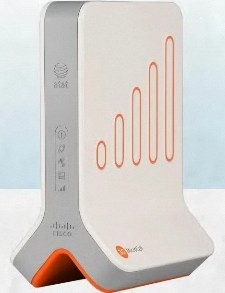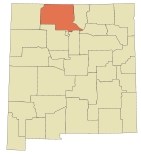If you are an AT&T customer with a 3G MicroCell, AT&T’s home-based “cell tower”, take note: your 3G data usage, even while at home, counts against your monthly usage cap.
AT&T’s MicroCell ($150) does not use AT&T’s mobile network — it instead relies on your home broadband connection — but AT&T charges customers as if they were.
For customers who assume MicroCell traffic should be exempt because they provide and pay for the connectivity, AT&T’s overlimit fees await.
The company’s pricing and policies make owning a MicroCell increasingly pointless, particularly for data applications. That’s because AT&T does not meter Wi-Fi usage, even when using AT&T’s own Wi-Fi network.
The disparity between femtocell traffic (the industry name for devices like the MicroCell) and Wi-Fi doesn’t make much sense to Dean Bubley, writing for his Disruptive Wireless-Disruptive Analysis blog:
Given that the RAN generally costs much more than the core network for most operators, there should clearly be differential (or zero-rated) pricing for traffic using femtocell offload. Either that, or there should be a mechanism for customers to charge AT&T for using THE USER’S broadband pipes for backhaul.
It is critical that any policy management and charging infrastruture is capable of discerning bearer type (which could also be UMA WiFi tunneled via the core on some other networks). Otherwise it makes a total mockery of the concept that policy is intended to align pricing with the underlying costs of service delivery.
It also makes a mockery of the femtocell concept as a mass proposition, if the end-user has to pay more than using their own WiFi. If I was a femto vendor today, I’d be spitting feathers about this, as it completely undermines the positioning vs. WiFi as an offload tool.
AT&T doesn’t care.
“The 3G MicroCell complements Wi-Fi by providing enhanced in-home voice coverage and reliable data when Wi-Fi may not be available — but it is primarily intended for voice calls,” an AT&T spokeswoman wrote in an email to Light Reading Mobile.
As the website notes, for consumers, the femto price model means that they will pay AT&T for the Microcell to get better indoor 3G coverage, pay for the backhaul connection to AT&T’s core network, and pay AT&T to use that indoor 3G base station. What a great deal — for AT&T.


 Subscribe
Subscribe






